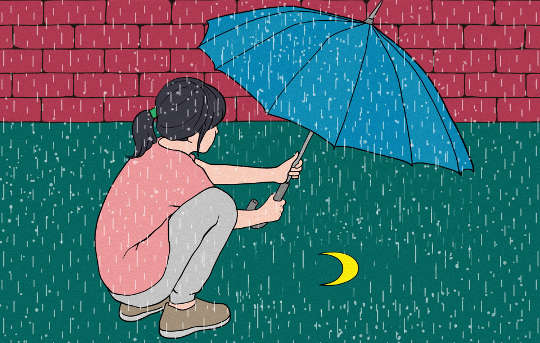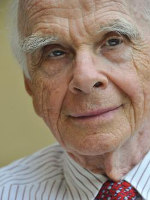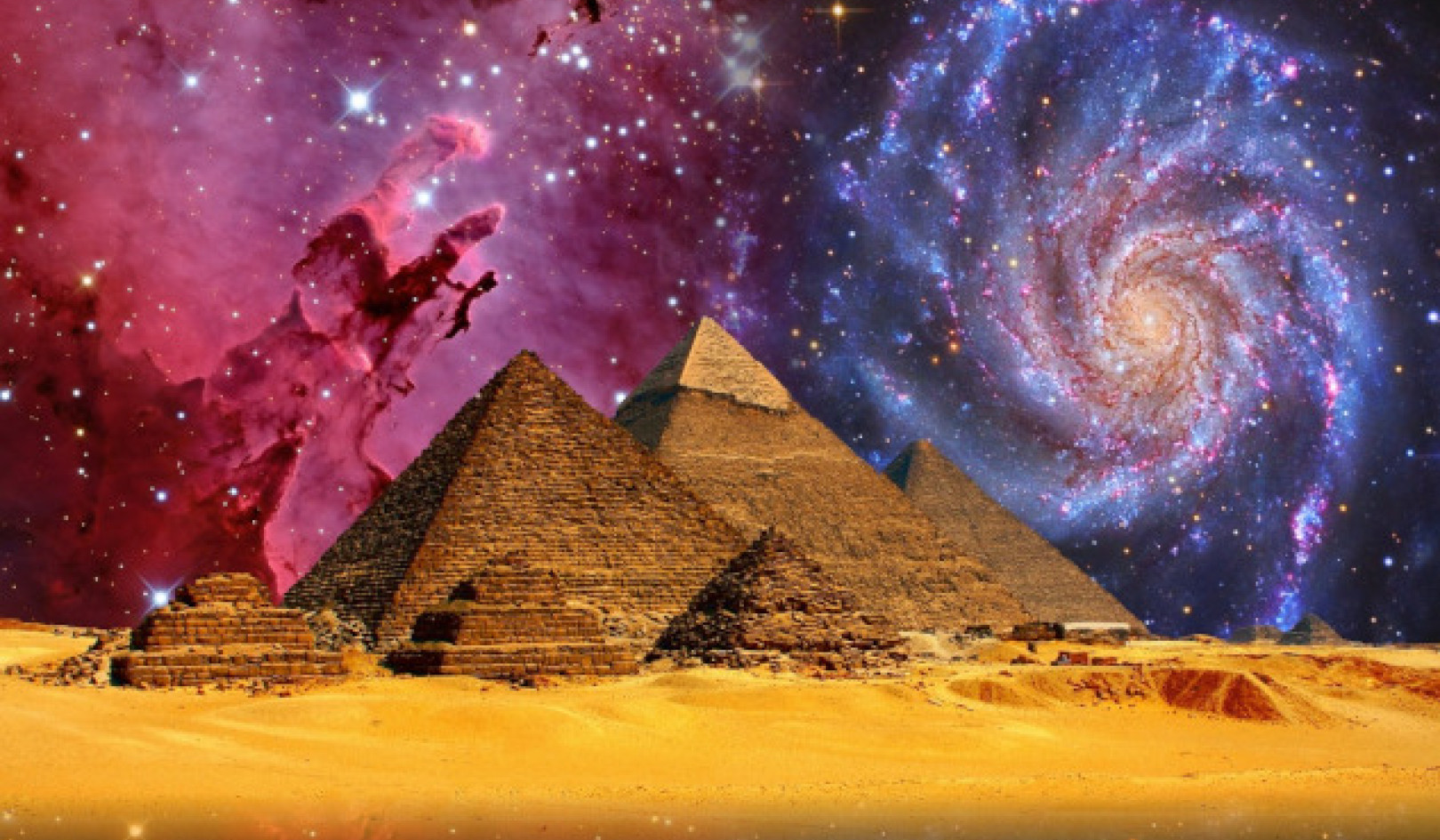
Image by ???? Cdd20
Talk of fundamental change in the world around us is often met with skepticism. Change in society, we are told, is never really fundamental: as the French saying goes, plus ça change, plus c’est la même chose (the more things change, the more they are the same). After all, we are dealing with humans and human nature, and these will be very much the same tomorrow as they are today.
A more sophisticated variant of the prevalent view adds that certain processes in society — trends — make a significant difference as they unfold. Trends, whether local or global, micro or mega, introduce a measure of change: As they unfold, there are more of some things and less of others. This is still not fundamental change, for the world is still much the same, only some people are better off and others worse off. This view is the one typically held by futurists, forecasters, business consultants, and all manner of trend analysts.
The Optimistic Scenario
When the trends unfold without major disruption, we get what the experts call “the optimistic scenario.” In this perspective, the world of 2015 is much like today’s world except that some population segments (alas, a shrinking minority) are better off and other segments (a growing majority) are less well-off. The global economy continues to grow, although its path is rocky and marked by financial volatility and a widening economic divide.
In the year 2000, it was anybody’s guess whether the world of 2015 would be the same kind of world or something quite different. In 2005, this is no longer an open question. The world in 2015 will be very different from what it is today — not to mention from what it was at the beginning of this century.
Mapping the Global Future
The National Intelligence Council, however, is still producing linear extrapolations on what the future will be like. According to a report published in early 2005, titled Mapping the Global Future and based on consultations with 1,000 futurists around the globe, the world in 2020 will not be very different from today.
Such reports highlight the limits of trend-based forecasting. They ignore the fact that trends do not only unfold in time; they can break down and give rise to new trends, new processes, and different conditions. This possibility needs to be considered, since no trend operates in an infinitely adapted environment; its present and future have limits. These may be natural limits due to finite resources and supplies, or human and social limits due to changing structures, values, and expectations. When a major trend encounters such limits, the world is changing and a new dynamic enters into play.
To know what happens when a trend breaks down calls for deeper insight.
The Dynamics of Transformation: A Brief Excursion into Chaos Theory
We can no longer ignore that current trends are building toward critical thresholds, toward some of the famous (or infamous) “planetary limits” that in the 1970s and 1980s were said to be the limits to growth. Whether they are limits to growth altogether is questionable, but they are clearly limits to the kind of growth that is occurring today.
As we move toward these limits, we are approaching a point of chaos. At this point, some trends will deflect or disappear, and new ones will appear in their stead. This is not unusual: Chaos theory shows that the evolution of complex systems always involves alternating periods of stability and instability, continuity and discontinuity, order and chaos.
The Butterfly Effect: Reaching the Point of Chaos
We are living in the opening phases of a period of social and ecological instability — at a crucial decision-window. When we reach the point of chaos, the stable “point” and “periodic” attractors of our systems will be joined by “chaotic” or “strange” attractors. These will appear suddenly, as chaos theorists say, “out of the blue.” They will drive our systems to the crucial point where it will select the one or the other of the paths of evolution available to it.
In the current decision-window, our world is supersensitive, so that even small fluctuations produce large-scale effects. These are the legendary “butterfly effects.”
The story goes that if a monarch butterfly flaps its wings in California, it creates a tiny air fluctuation that amplifies and amplifies and ends by creating a storm over Mongolia.
The discovery of the butterfly effect is linked with the art of weather forecasting, having its roots in the shape assumed by the first chaotic attractor discovered by U.S. meteorologist Edward Lorenz in the 1960s. When Lorenz attempted to computer-model the supersensitive evolution of the world’s weather, he found a strange evolutionary path, consisting of two different trajectories joined together like the wings of a butterfly. The slightest disturbance would shift the evolutionary trajectory of the world’s weather from one wing to the other. The weather, it appears, is a system in a permanently chaotic state.
A New World is Struggling to be Born
Humans, as other complex organisms, are supersensitive dynamic systems permanently at the edge of chaos. In periods of relative stability, the consciousness of individuals does not play a decisive role in the behavior of society, since a stable social system dampens deviations and isolates the deviants. But when a society reaches the limits of its stability and turns chaotic, it becomes supersensitive, responsive even to small fluctuations such as changes in the values, beliefs, worldviews, and aspirations of its members.
We now live in a period of transformation when a new world is struggling to be born. Ours is an era of decision — a window of unprecedented freedom to decide our destiny. In this decision-window, “fluctuations” — in themselves small and seemingly powerless actions and initiatives — pave the way toward the critical “chaos point” where the system tips in one direction or another. This process is neither predetermined nor random. It is a systemic process that can be purposively steered.
As consumers and clients, as taxpayers and voters, and as public opinion holders we can create the kinds of fluctuations — the actions and initiatives — that will tip the coming chaos point toward peace and sustainability. If we are aware of this power in our hands, and if we have the will and the wisdom to make use of it, we become masters of our destiny.
©2006, 2010 by Ervin Laszlo with permission of Hampton Roads Publishing
c/o Red Wheel/Weiser, LLC Newburyport, MA and San Francisco, CA.
www.redwheelweiser.com, 800-423-7087.
Article Source
Chaos Point 2012 and Beyond: Appointment with Destiny
by Ervin Laszlo.
 We are at a critical juncture in history, a "decision-window" where we face the danger of global collapse--or the opportunity for global renewal. Ervin Laszlo presents a concise overview of the current crises we face (environmental, social, economic, and institutional), persuasively arguing that if something is not done quickly, we face disaster. We have the opportunity right now to head off trends that could lead to a critical tipping point. His solution is a global consciousness shift that entails a new universal morality, a new ecological awareness, and a reverence and caring for the earth. Included here are concrete suggestions of what the reader can do to promote this shift in evolutionary consciousness.
We are at a critical juncture in history, a "decision-window" where we face the danger of global collapse--or the opportunity for global renewal. Ervin Laszlo presents a concise overview of the current crises we face (environmental, social, economic, and institutional), persuasively arguing that if something is not done quickly, we face disaster. We have the opportunity right now to head off trends that could lead to a critical tipping point. His solution is a global consciousness shift that entails a new universal morality, a new ecological awareness, and a reverence and caring for the earth. Included here are concrete suggestions of what the reader can do to promote this shift in evolutionary consciousness.
Click here for more info and/or to order this book. Also available as a Kindle edition.
About the Author
 Ervin Laszlo is a Hungarian philosopher of science, systems theorist, integral theorist, and classical pianist. Twice nominated for the Nobel Peace Prize, he has authored more than 75 books, which have been translated into nineteen languages, and has published in excess of four hundred articles and research papers, including six volumes of piano recordings. He is the recipient of the highest degree in philosophy and human sciences from the Sorbonne, the University of Paris, as well as of the coveted Artist Diploma of the Franz Liszt Academy of Budapest. Additional prizes and awards include four honorary doctorates. Visit his website at http://ervinlaszlo.com.
Ervin Laszlo is a Hungarian philosopher of science, systems theorist, integral theorist, and classical pianist. Twice nominated for the Nobel Peace Prize, he has authored more than 75 books, which have been translated into nineteen languages, and has published in excess of four hundred articles and research papers, including six volumes of piano recordings. He is the recipient of the highest degree in philosophy and human sciences from the Sorbonne, the University of Paris, as well as of the coveted Artist Diploma of the Franz Liszt Academy of Budapest. Additional prizes and awards include four honorary doctorates. Visit his website at http://ervinlaszlo.com.
.




























